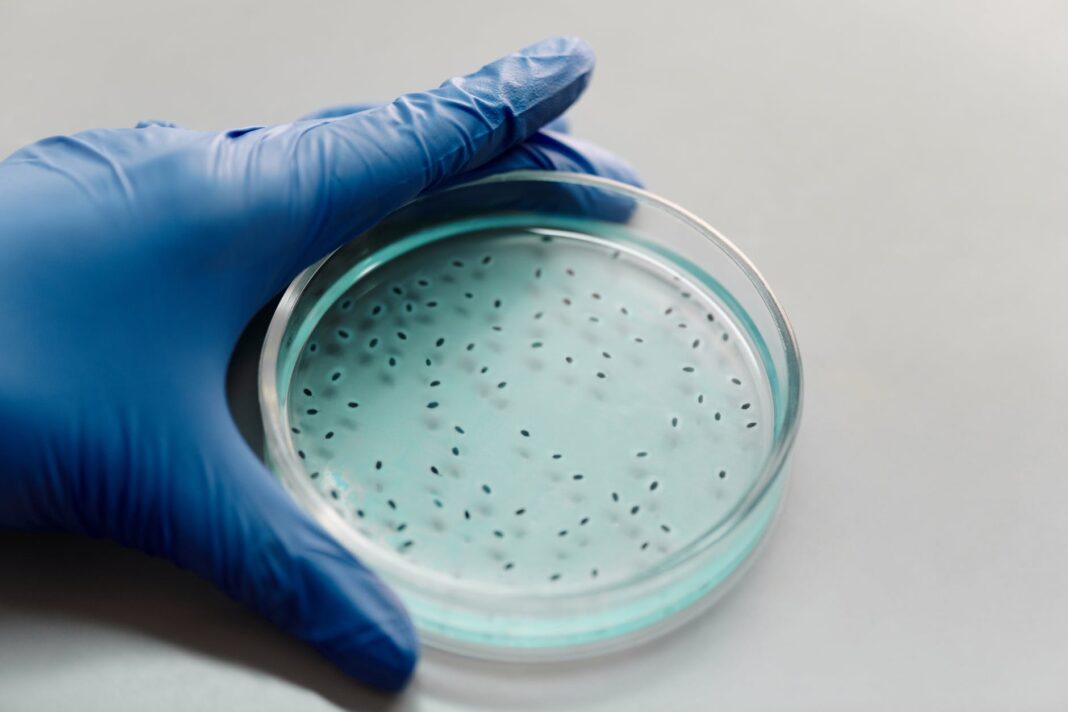As in many countries around the world, the spread of antimicrobial resistance (AMR) is a public health challenge in Armenia. However, with the development of a national action plan for AMR in 2015 and clinical guidelines in 2020, the country has made efforts to contain its spread.
Clinical guidelines to improve diagnosis and reduce inappropriate use of antibiotics
Before the outbreak of the COVID-19 pandemic, Armenia had been making steady progress in tackling AMR. However, in 2020 the use of antibiotics in Armenia increased significantly, with total consumption exceeding even that of 2011, when the highest rate of consumption was recorded since 2002.
“This is because some patients engaged in self-treatment, used left-over antibiotics, did not observe the dosage, or over-extended the duration of use. Poor prescribing practices by physicians was also a problem. All of these factors greatly accelerate the decline in the effectiveness of already scarce antimicrobials,” says Dr Kristina Gyurjyan, National AMR Focal Point at the Ministry of Health in Armenia.
Given this situation, in 2020 the Ministry of Health, with the support of WHO, developed clinical guidelines for primary health care providers on the management and treatment of a variety of common infections, including pneumonia, sore throat, urinary tract infections, ear infections in children and respiratory infections such as COVID-19.
Such guidelines are important because they assist primary health care physicians in standardizing decision-making in the delivery of care, reduce uncertainty in how treatment regimens are selected and applied, and improve the quality of care for patients. Also importantly, they reduce the chances of patients receiving antibiotic treatment for conditions that do not warrant antibiotics.
Dr Hrachuhi Ghazaryan is the Head of Paediatrics at Wigmore Clinic in Yerevan and lecturer at the Department of Paediatrics at Yerevan State Medical University. “I was involved in the development of the primary health care guidelines. Before that, it was obvious in our daily work that we had a problem, namely the overuse and non-targeted use of antibiotics. COVID-19 became the issue that brought this problem to the surface. The need to update procedures became more urgent, so we introduced new guidelines that would facilitate the work of primary care physicians,” says Dr Ghazaryan.
Following the introduction of the guidelines, 1600 general practitioners, family doctors and paediatricians throughout Armenia have been trained on applying the guidelines in their daily practice. The main purpose of the trainings was to call upon health-care providers to avoid irrational prescription of antibiotics, especially those from the “Watch” and “Reserve” groups.
Armenia’s first national strategy on AMR
Armenia’s fight against AMR goes back almost a decade. Building on WHO recommendations from 2012, Armenia approved a national strategy for AMR surveillance and prevention, and the National Action Plan on Antimicrobial Resistance 2015–2020.
“Prior to this, there was very little information on drug-resistant bacteria in Armenia. Laboratories had limited capacity to test for new or resistant strains of bacteria, health-care professionals needed training on new skills and information, guidelines needed to be developed in line with international standards, and antibacterial drugs were sold without a prescription,” says Dr Gyurjyan.
From 2015, when a number of measures from the strategy were initiated, the total consumption of some groups of antimicrobial medicines were showing signs of decrease – until COVID-19 hit.
One Health and the way forward
Armenia is now working on a new strategy for the surveillance and prevention of AMR, as well as an updated action plan for 2023–2027. This plan applies the “One Health” concept and would also involve the animal health and environmental sectors. Importantly, joint implementation of the new strategy, as well as joint development of tools and mechanisms for monitoring and evaluation of the planned One Health activities, are foreseen.
“Because the health of humans, animals and the environment are closely interrelated, the Ministry of Health attaches great importance to inter-agency cooperation. Only a multisectoral approach can address AMR. This means protecting the health and well-being of all by enhancing cooperation between doctors, veterinarians, representatives of academia and environmental specialists,” says Dr Gyurjyan.









